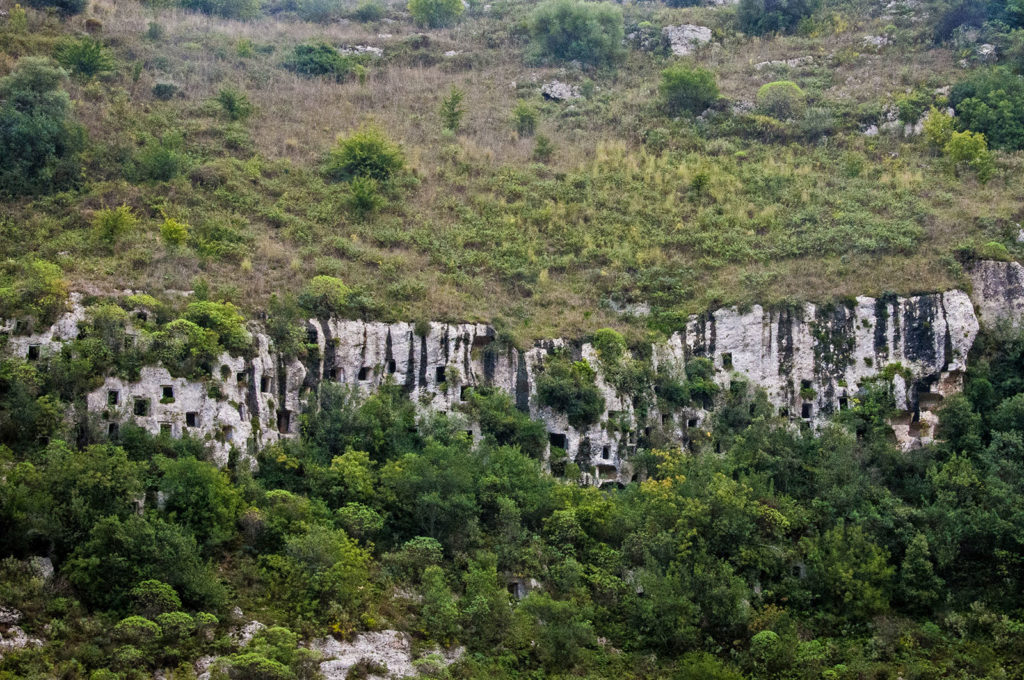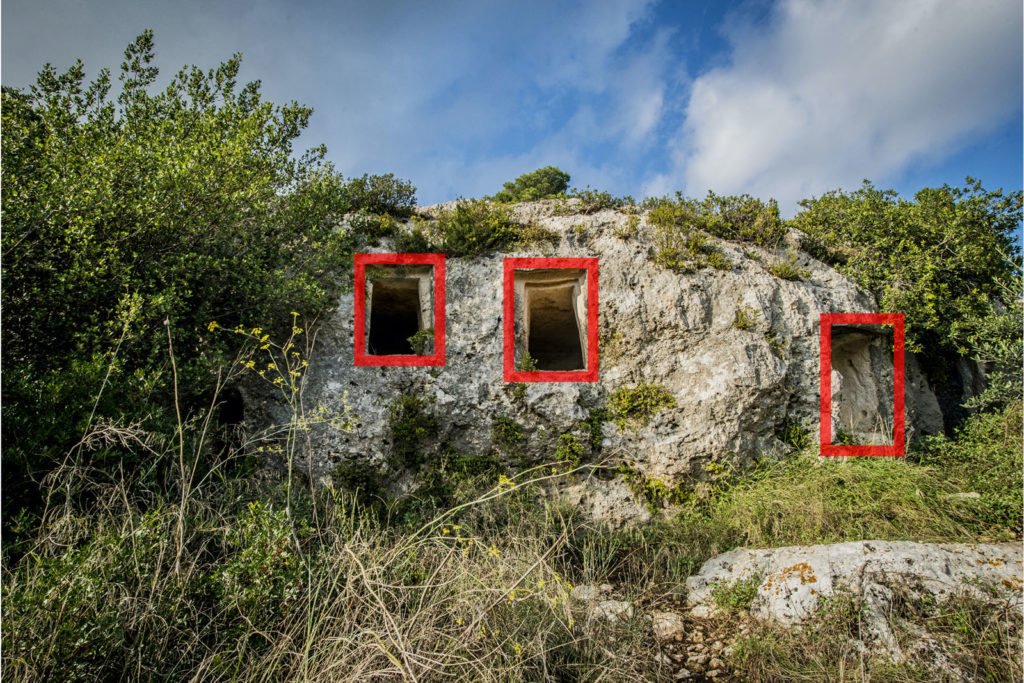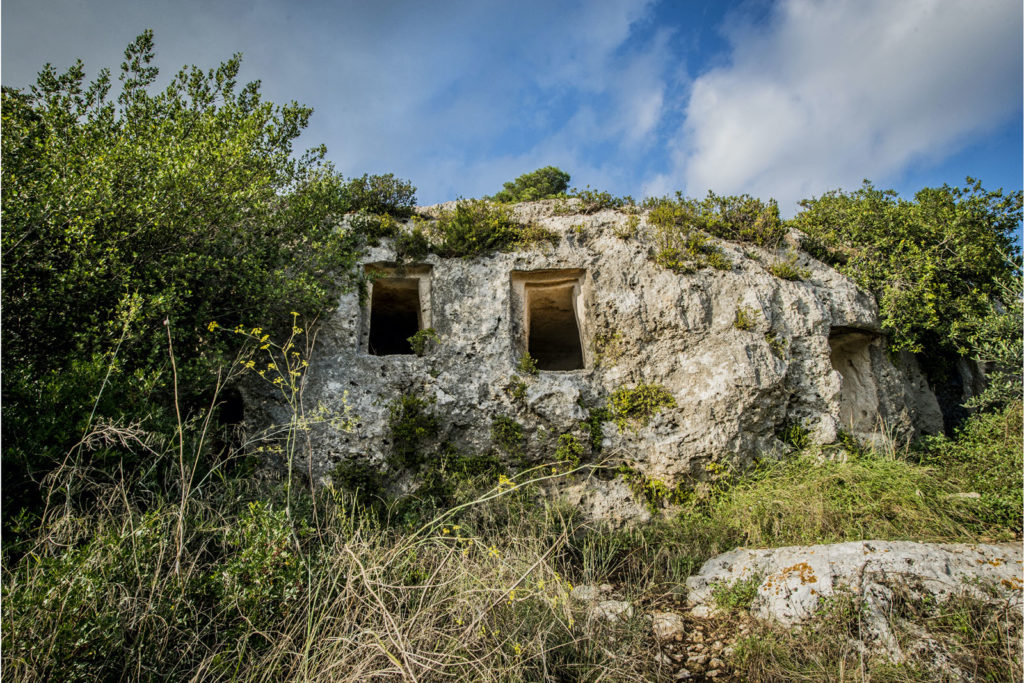Pantalica is one of the most important archaeological areas in Sicily and is located in the province of Syracuse, between the municipalities of Ferla and Sortino.
This area has been inhabited since the first half of the 13th century BC, during the Bronze Age. In fact, in this period the Sicani peoples who lived along the coasts of eastern Sicily moved inland to escape pirate raids and the arrival of new populations from the sea, settling in Pantalica. In their eyes, this territory was a real natural fortress, located on the plateau of the Hyblaean Mountains and surrounded to the north by the Calcinara stream and to the south by the Anapo river.
 According to some scholars, the city of Herbessus, an important township in Sicily, once stood in this territory. According to others, the site of Pantalica corresponds to Hybla, a Sicilian kingdom that from the 13th to the 8th century BC extended from the Anapo valley to Syracuse.
According to some scholars, the city of Herbessus, an important township in Sicily, once stood in this territory. According to others, the site of Pantalica corresponds to Hybla, a Sicilian kingdom that from the 13th to the 8th century BC extended from the Anapo valley to Syracuse.
The site’s name derives from the Arabic word Buntarigah, meaning “caves”, due to the presence of numerous natural and artificial caves.


Traces of the prehistoric village of Pantalica stopped in the 8th century BC. It was only many centuries later, around the 6th century AD in the Byzantine period, that the area was repopulated. The caves of the ancient necropolis were enlarged and used as dwellings or churches.